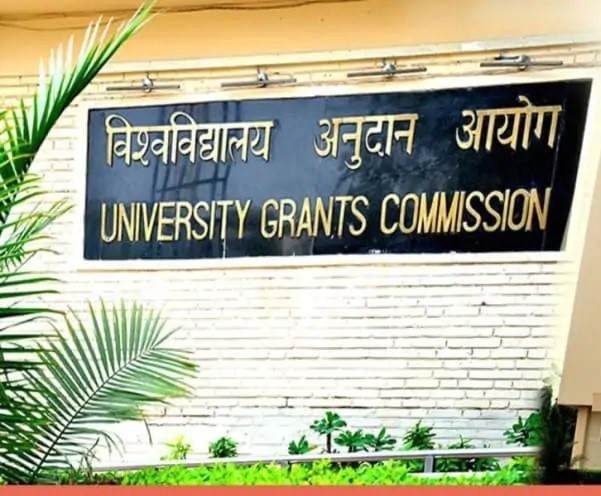The University Grants Commission’s draft of the history syllabus for undergraduates is a culmination of the efforts by the Union government to include a critical history of people and social formations that was neglected for decades and should’ve been an integral part of the education system. The new draft looks impressive, but it has triggered pseudo-liberal members of academia.
The draft was prepared by an expert committee of the commission who has run into a controversy over objections raised by some members of academia over its increased focus on Vedic literature, fewer topics on Mughal history, and an outdated reading list.
The controversy arose as some teachers showed concerned over the reduced focus on Mughal history, the introduction of a paper called Idea of Bharat which has more focus on religious and Vedic literature. Many people are creating an uproar after the syllabus of this undergraduate course has come out. It is clearly not a new thing that only invaders were glorified in the old reading list, and by studying the same, Indians were cut from the roots of their own culture and history. Now that mistake is being rectified not many seem to acknowledge this change.
The biggest feature of this syllabus is a paper called The Idea Of Bharat which will be taught first. In this paper, Sanatan Dharma and culture will be taught and the focus will be on literature along with Vedic history. The purpose of this paper is to connect Indian youth with Bharat Bhoomi. Leftists have destroyed the history of the country by doing their own arbitrariness and have tried their best to deny the culture and history of the country. This will mark the beginning to change that narrative.
The first paper of the syllabus, The Idea Of India, sets the basis for an Indian view of Indian history. It will teach about the knowledge, art, culture, philosophy and science of India. The chapters of this paper teach us the very essence of our existence. Removal of which had helped students understand caste, language, and other identity-based issues. There is another unit that describes the understanding of Bharatvarsha, the eternity of India, the Indian concept of time and space, the importance of Vedas, Vedangas, Upanishads, epics, Jain, and Buddhist literature, Smritis, Puranas etc.
The next unit is based on Indian religion, philosophy and Vasudhaiva Kutumbakam. The Indian concept of religion and philosophy. The concept of Vasudhaiva Kutumbakam will be taught in the context of man, family, society and the world. The concepts of politics and governance and Janpad and Village Swaraj have also been included.
The topics covered in the first paper of this syllabus were demanded by the nationalists for a long time. After decades of struggle to bring about changes in the education system. Finally, we can witness a commendable step led by the Modi government. The effect of this change may not be visible immediately but it will be a decisive step for the coming 10-20 years and for future generations. Understanding and appreciating the importance of Indian culture will not only connect the youth to their roots but also assimilate the negative impact of Islamic rule on India.
